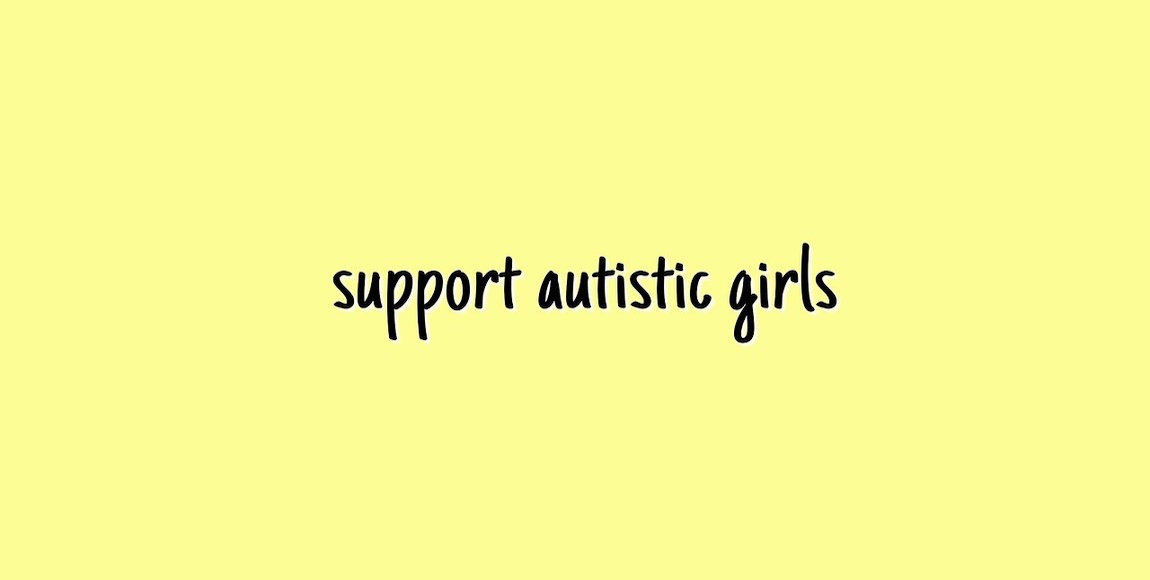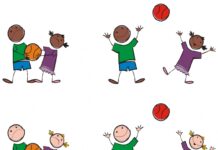Around one million South Africans are autistic.
But what is autism? Perhaps you read A Curious Case of the Dog in the Night Time or watched Rain Man and you might think you know about autism. Autistic people speak strangely, right? You may have seen an awkward kid reject their mother’s hug, and suspected them of maybe being autistic.
Chances are, you don’t really know much.
Representations of autism in the media are often wholly inaccurate or stereotypical, and give people the wrong idea about what autistic people experience.
This ignorance can have a devastating impact on the health and wellbeing of autistic children and adults, who may suffer from depression, anxiety and loneliness because people don’t understand them or how to support them.
April is World Autism Awareness Month. Health organisations and advocacy groups made efforts to educate people about autism, address stigma and make the world a lot more understanding of those with the condition. The month may be nearly over, but the ignorance? It’s still here. So here is a primer.
What is autism?
According to Autism South Africa, which is an organisation run by parents of autistic children, Autism Spectrum Disorder is a lifelong neurodevelopmental disorder which affects the growth and structure of the brain. This means that autistic people are impaired in certain areas of functioning, especially socially. The condition is a complex spectrum disorder, so symptoms and behaviour manifest in unique ways for each person. No two autistic people are the same, and therefore they can’t be supported the same way.
People often confuse autism and Asperger’s Syndrome. Asperger’s Syndrome used to be a term to refer to autistic people who needed a low level of support to through their lives, people who were considered “high-functioning,” in contrast to people with “classic” autism which required much more support.
In 2013, Asperger’s syndrome was incorporated into the definition of autism in the fifth edition of the Diagnostic and Statistical Manual of Mental Disorders, the manual used by mental health professionals to diagnose mental disorders. The new identification is simply called Autism Spectrum Disorder, and is generally characterised by social impairments in communication and interaction with others, as well as restricted and repetitive behaviours and interests.
Today, it is more widely acknowledged that people across the autism spectrum require and deserve specialised support regardless of how they perform normativity or “pretend to be normal.”
Consider Tania Melnyczuk, collaboration director of the Autistic Strategies Network, an autistic activist based in Cape Town. Melnyczuk considers autism a primary feature of her identity.
“It defines the way I think and who I am. I am an autistic person. Calling me a person with autism separates me from a defining part of myself. It’s pathology language. I am not a person in spite of my autism, I am an autistic person. I am fully human,” she says.
What are the symptoms of autism?
An estimated 60%-80% of #autistic people have motor signs that include poor muscle tone, poor motor planning, and toe walking. #Autism
— Autism Family (@AutismFamily) April 18, 2017
Autistic people cannot fully comprehend other people’s thoughts, feelings and intentions, and struggle to read body language and other non-verbal communication, like eye contact. Basically, they have poor intuition. Despite this, autistic people are often highly sensitive and empathetic. Autistic children and adults like routine and consistency, and suffer from extreme anxiety when their expectations of events are not met. A very common autistic trait is “stimming”, or repetitive behaviours such as rocking, hand-flapping or fidgeting as a method of self-soothing when overstimulated by their environments.
Autistic people frequently experience a range of physical issues, such as poor posture, odd styles of walking and problems with gross and fine motor control, like riding a bicycle or writing by hand. A large percentage of autistic people are nonverbal and will never speak, and those who do speak may have flat or monotonous tones to their voices. Autistic people across the spectrum tend to avoid eye contact and physical contact due to overstimulation. Many, however, are very open to physical affection in the right amounts with close people. They may also have sensory disorders, such as Sensory Processing Disorder or synaesthesia, in which multiple senses are experienced simultaneously. (Can you hear colours or taste textures? You might have synaesthesia.)
Are there women with autism?
It’s widely thought that the prevalence in autism is higher in boys than girls by a ratio of 4:1, but recent research is challenging this claim.
At the Sydney Annual Women’s Health Update in 2015, Dr Tony Attwood, an Australian clinical psychologist with more than 40 years’ experience in autism research, said the ratio of autism is more likely to be 2:1. Attwood argued that girls with autism display different symptoms and are better at coping socially and hiding their symptoms but because psychologists use male symptoms as the standard of diagnosis, fewer girls are recognised as having the condition.
Attwood says that typical children are wired to socialise, but autistic children have difficulty doing this and find other people perplexing. Boys cope with this by isolating themselves or taking on a commanding role when playing games, ordering and organising other children. These are the typical traits that psychologists look for when diagnosing children.
But girls work differently. Autistic girls often use their intellectual abilities to mimic other girls, to “observe, analyse and imitate”. Autistic people are gifted at collecting and remembering facts, and girls use this to their advantage by reading large amounts of fiction, watching television and becoming absorbed by imaginative social play in order to teach themselves social skills. Young girls with autism spectrum disorders are often very quiet and compassionate, which incidentally mirrors the social expectations and construction of femininity. They may also restrict their stimming to avoid attention, so their atypical behaviour isn’t easily identified.
Often, they are so successful at performing normativity that no one realises how much they’re struggling internally, and they are never identified as being autistic. These girls create a facade through intellect, not intuition. Many of these girls grow into womanhood never knowing that they’re autistic. They inevitably struggle with extreme feelings of loneliness, inferiority and exhaustion from pretending their whole lives. Women who do try to find help are often misdiagnosed with bipolar disorder or borderline personality disorder.
Melnyczuk says that in general, women who have pain are not believed in the medical world. “They are typecast as hypochondriacs. Their symptoms and comorbid disorders are not identified. Autistic women and girls are very rarely diagnosed early, unless they display physical symptoms such as not speaking,” she says.
Mansoor Narker is the parent of an autistic daughter. Nimreen is ten years old and is also epileptic and non-verbal. She was originally diagnosed with Pervasive Developmental Disorder, and was only diagnosed with autism three years ago. Narker says that knowing his daughter’s condition has made it much easier to support her and understand her.
“Autistic adults go through their whole lives with people calling them crazy. It damages their emotions and their sense of self. Why should they have to confine themselves to other people’s criteria of what is acceptable? Not knowing makes it difficult to accept yourself,” he says.
Children with high-functioning #autism suffer from intense frequent loneliness, despite the belief that these children prefer to be alone.
— Autism Family (@AutismFamily) April 17, 2017
What causes autism?
There is a strong theory that autism is caused by both genetics and the environment.
Contrary to rising popular opinion, autism is not caused by vaccinations. The study that reported this has been confirmed as fraudulent, and the author Dr Andrew Wakefield, was stripped of his medical licence for altering his patients’ medical histories.
I love people who have never even taken a high school science class but are convinced vaccines cause autism
— Matt Hynes (@matt_hynes) April 17, 2017
There is no cure for autism, and it is not a disease or mental illness. It is a lifelong condition that requires support and accommodation, not opaque searches for a “cure”.
Mary Moeketsi of Autism South Africa says South Africans need greater exposure to autism to counter ignorance about and apathy towards the disorder.
“If you’ve seen one person with autism, you haven’t seen all of them. It manifests differently. We don’t have sufficient education about autism. I have given talks to rooms of people where none of them knew what I was talking about. The children suffer. People think it is an illness, or a curse. We need government departments to be out there and talk about it. Autism awareness is not about emphasising the weaknesses of autism. It is about providing a safer and more accepting world for autistic people,” she says.









